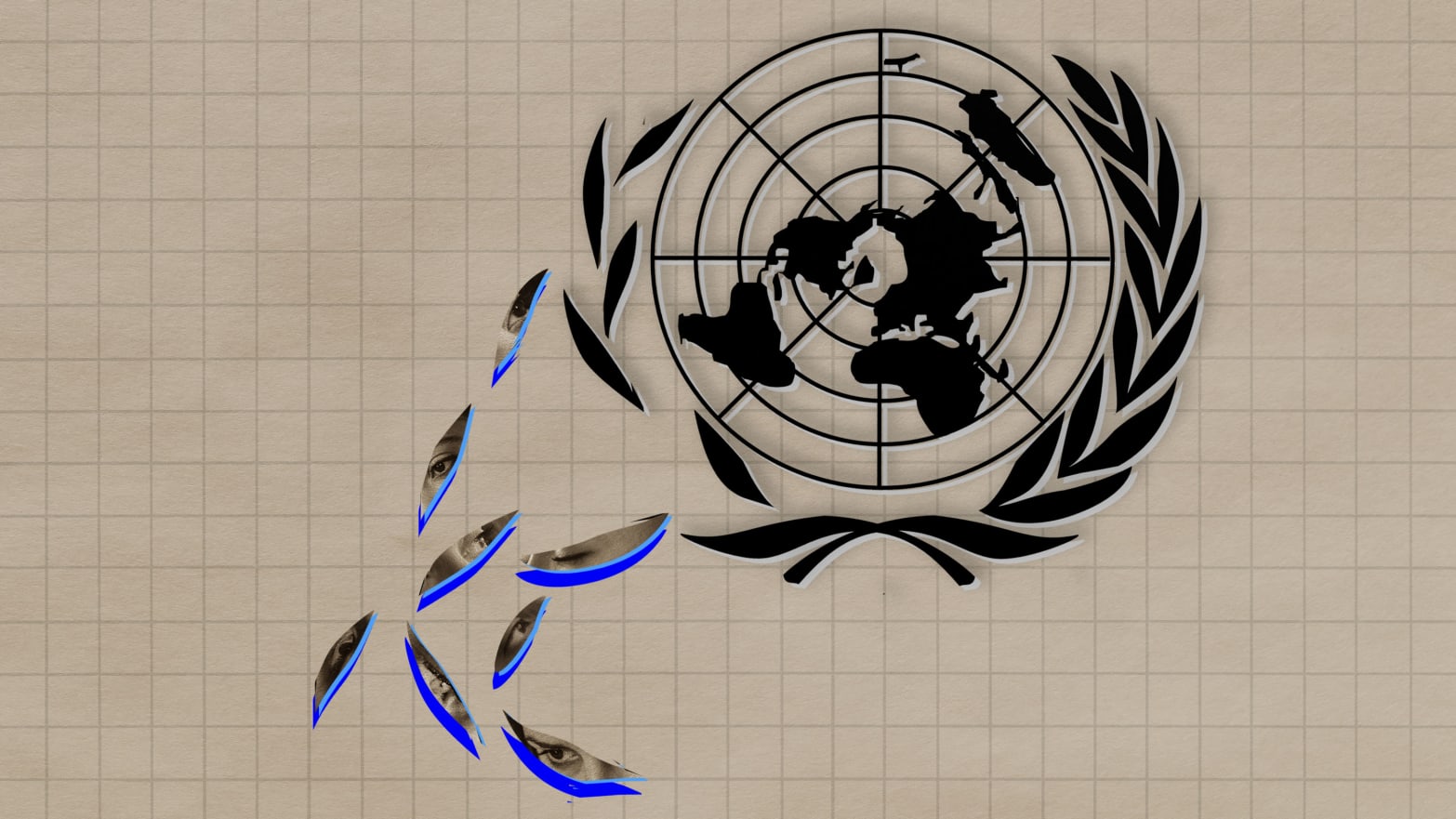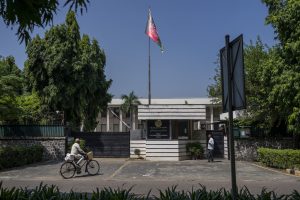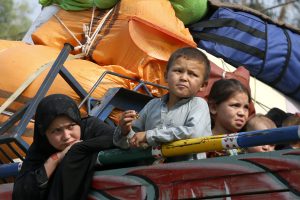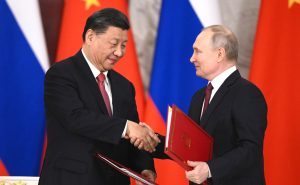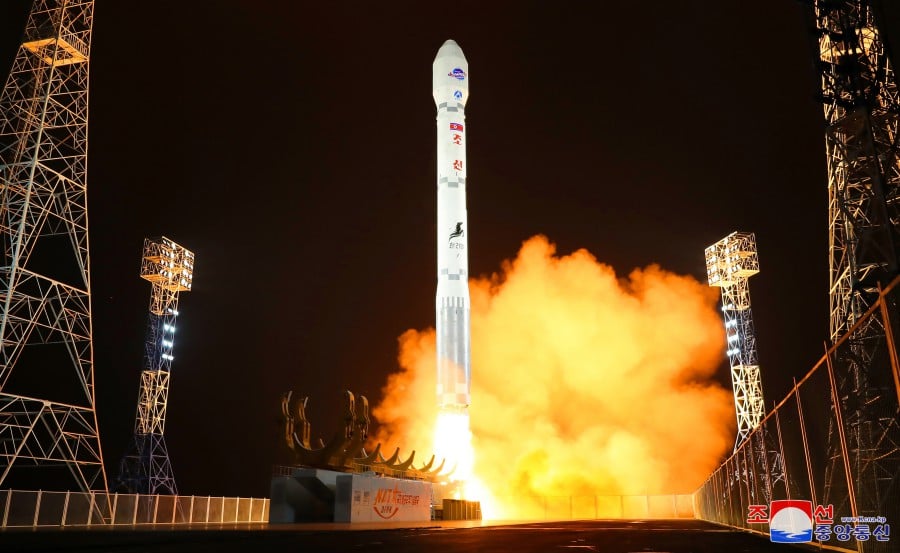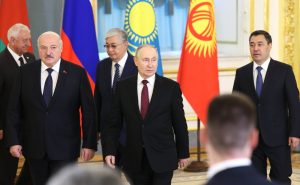Michael Makovsky
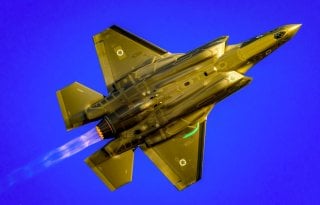
After the events of the last month and a half, what does Israel need now, and where does it go from here? That’s what I sought to learn on a trip to Israel last week, where I met with senior civilian and defense officials and leading outside experts.
Israel’s most pressing need is time. Israeli leaders believe their campaign to destroy Hamas is going well, proceeding faster and incurring fewer IDF casualties than visiting American generals expected. But the IDF needs time to maintain its deliberate, meticulous pace of rooting out Hamas terrorists hiding behind civilians and below ground in the dense urban Gazan environment. If the IDF went faster, it could risk more IDF and Palestinian casualties. Israeli defense officials insisted a ceasefire would be harmful since Hamas is on the run and must not be allowed to regroup and rearm, though, of course, it would be tolerated for the release of a substantial number of the 240 hostages held in Gaza by Hamas and other terrorist entities.
Israel also needs a great deal of ammunition. To maintain its campaign against Hamas and to be ready should Hezbollah, the Lebanon-based terrorist Iran proxy, increase the severity of its already daily attacks, Israel needs more bombs. Israeli officials were very appreciative of the steady American supply of weapons, but they made it clear they needed more. For instance, the Israeli Air Force (IAF) requires thousands more MK-84s, or “dumb” bombs, and many more Boeing-made Joint Direct Attack Munitions (JDAM) kits to maximize battlefield effectiveness and limit collateral damage. My organization, JINSA, has for years urged the positioning of thousands of JDAMs in the U.S. arms depot in Israel, WRSA-I, which would have reduced the scrambling for them now. Israel also needs more helicopters—Boeing Apaches and Sikorsky CH-53Ks—and Boeing F-15 jets.
